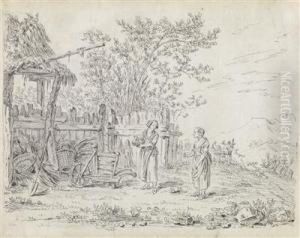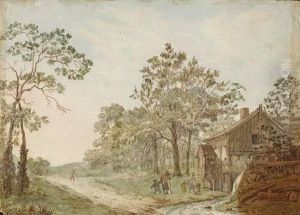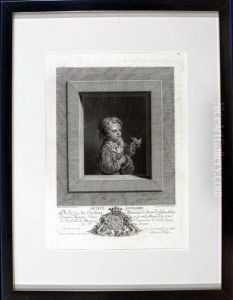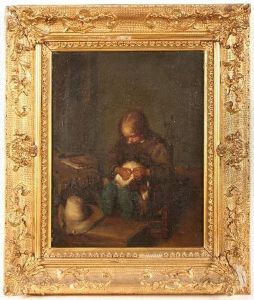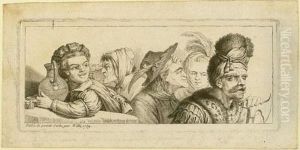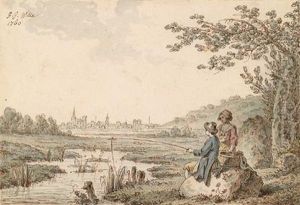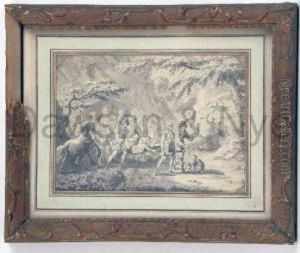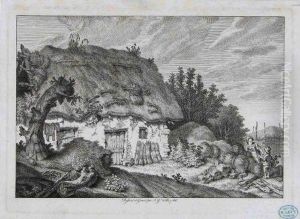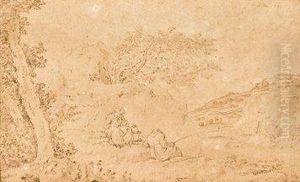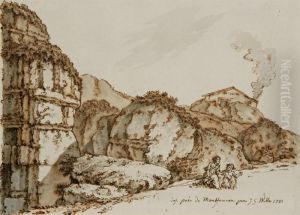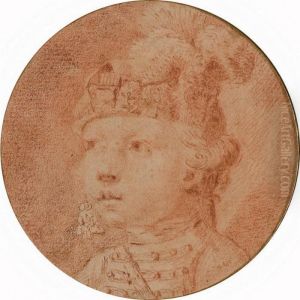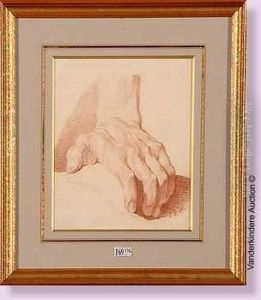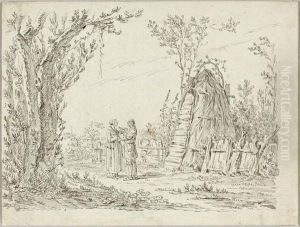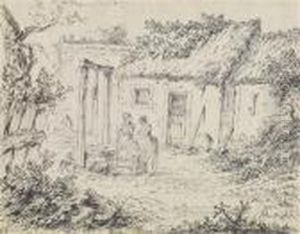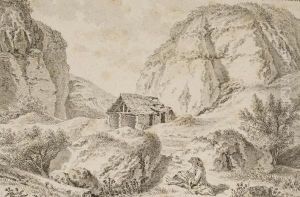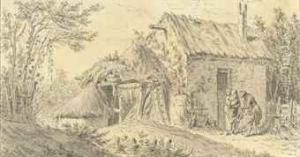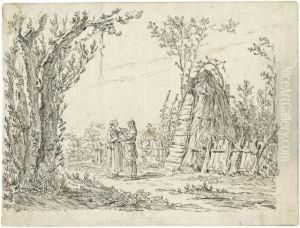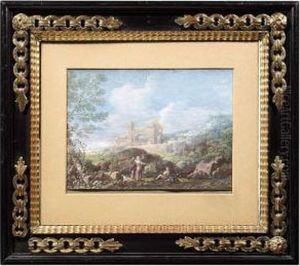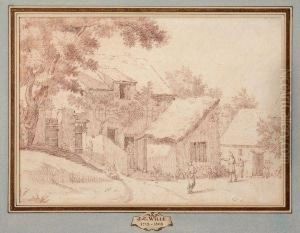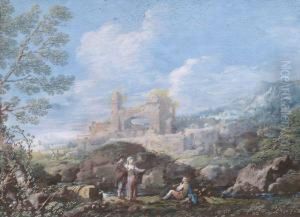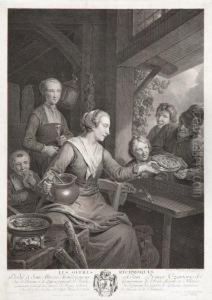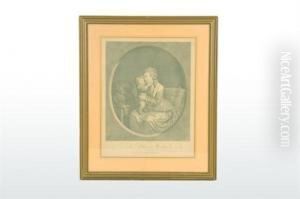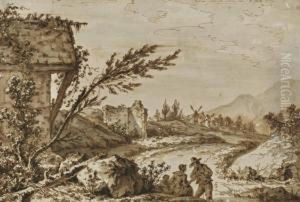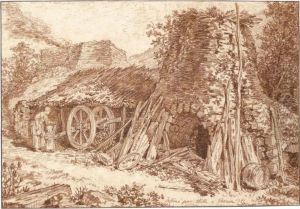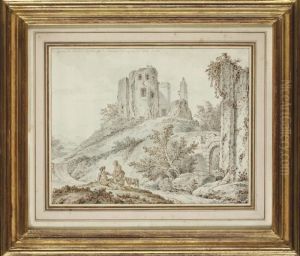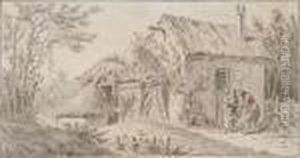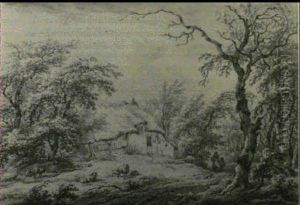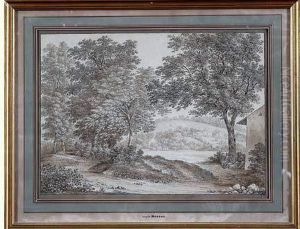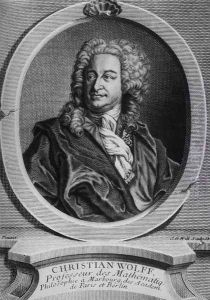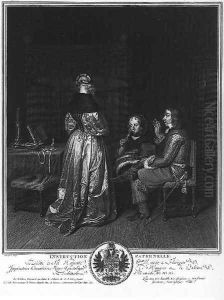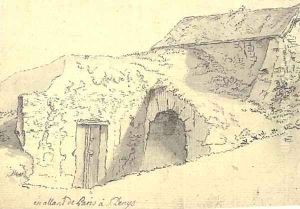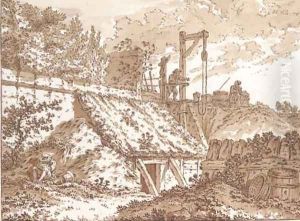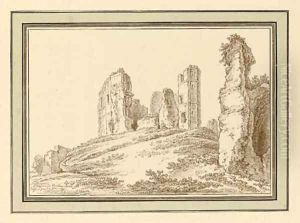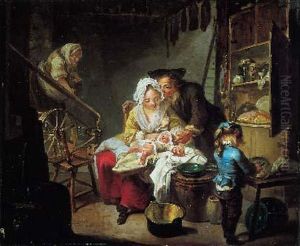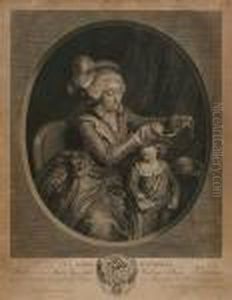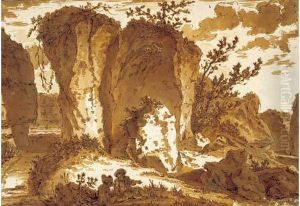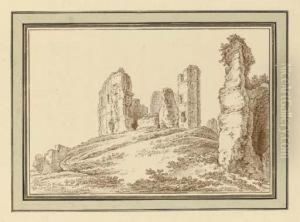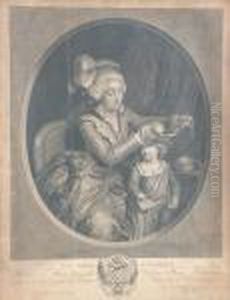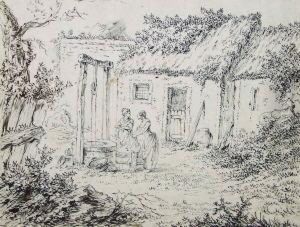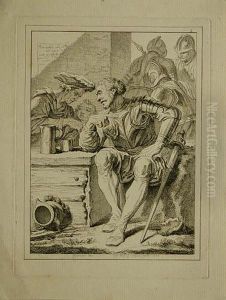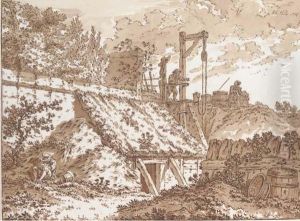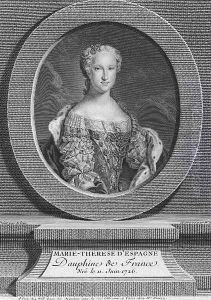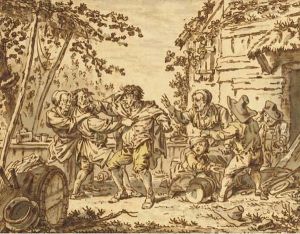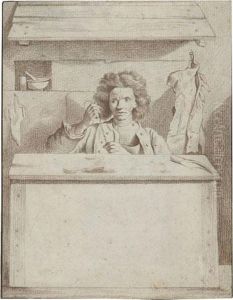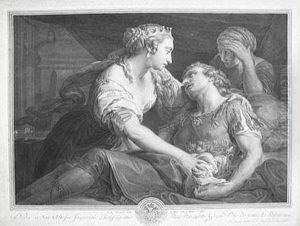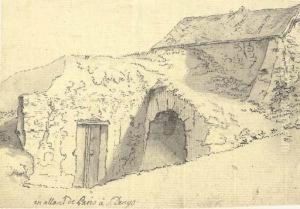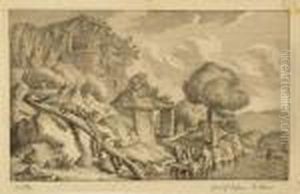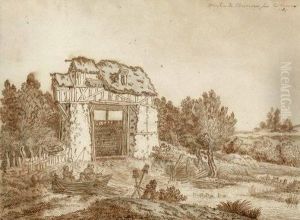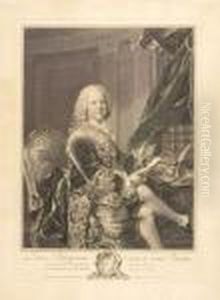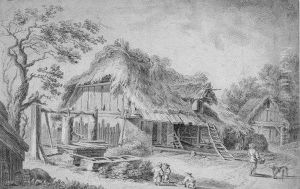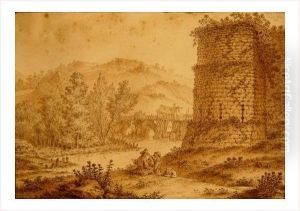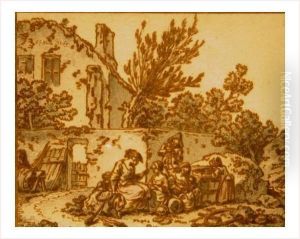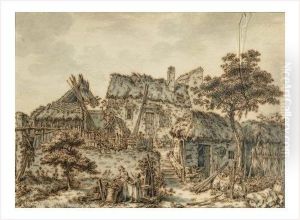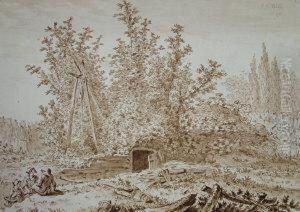Johann Georg Wille Paintings
Johann Georg Wille, born on November 5, 1715, in Mölkau near Leipzig, Germany, was an eminent engraver of the 18th century. Wille's upbringing occurred in a modest environment, and his initial exposure to the world of art came through his father, who was a schoolmaster and amateur artist. This early influence set the stage for Wille's lifelong passion for the arts.
Wille's artistic journey began with an apprenticeship under the Leipzig engraver J.F. Bause. However, his true potential began to unfold after he moved to Paris in 1736. In Paris, Wille found a fertile ground for his talents and quickly gained recognition for his craftsmanship. He was taken under the wing of the engraver Jean-Philippe Le Bas, who introduced him to a wide array of engraving techniques and styles.
His engravings were characterized by their meticulous detail and the clear influence of Dutch and French styles. Wille is particularly known for his portrait engravings, where he skillfully captured the likenesses and personalities of his subjects. Through his work, he contributed to the dissemination of the artistic and cultural likenesses of key figures of his time, including philosophers, scientists, and artists.
Wille's reputation earned him admission to the French Academy in 1759, and he received the title of 'engraver to the king' which significantly bolstered his standing in the art community. His studio became a hub for many young artists who sought to learn the craft of engraving, thus influencing a new generation of printmakers.
Not only was Wille a master engraver, but he also played a crucial role in the artistic and intellectual circles of Paris, bridging the gap between various European art communities. He maintained a correspondence with numerous intellectuals and artists across Europe, which helped him stay abreast of the latest developments in the art world and to spread his influence even further.
Johann Georg Wille passed away on April 5, 1808. His legacy continued through his students and the numerous prints that circulated widely, contributing to the European art scene and preserving his masterful approach to engraving for future generations to study and admire.
